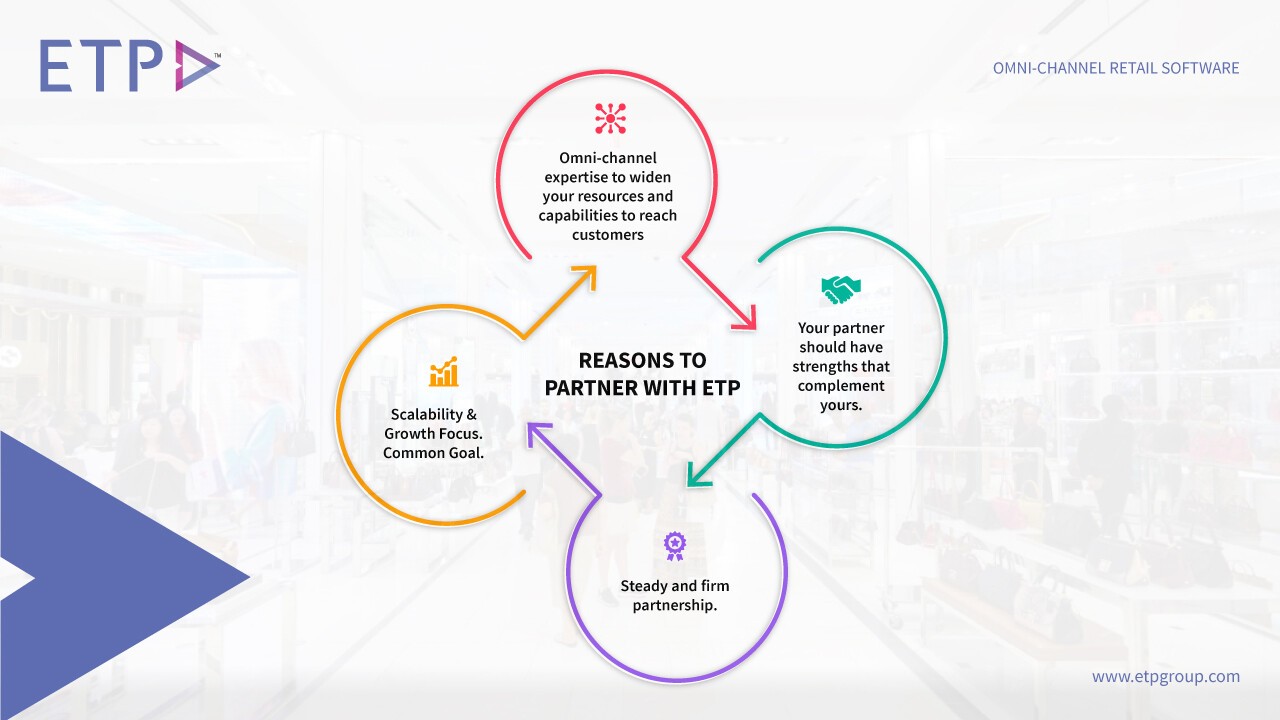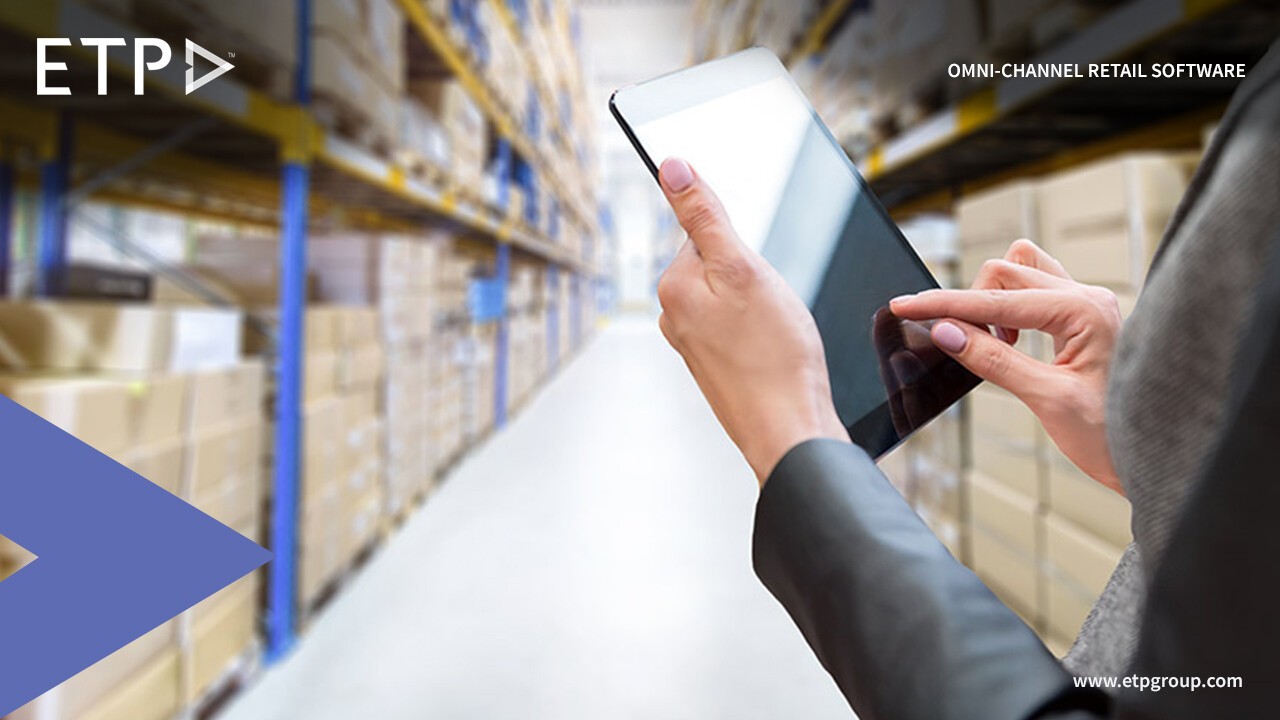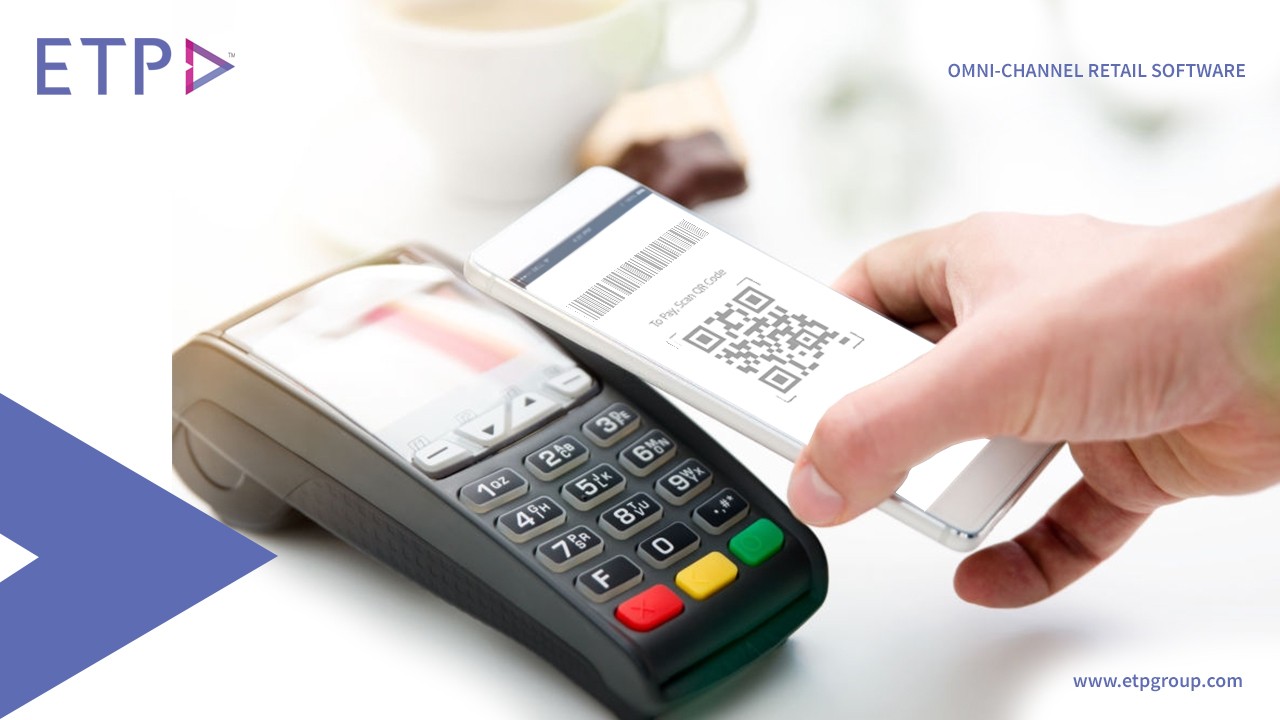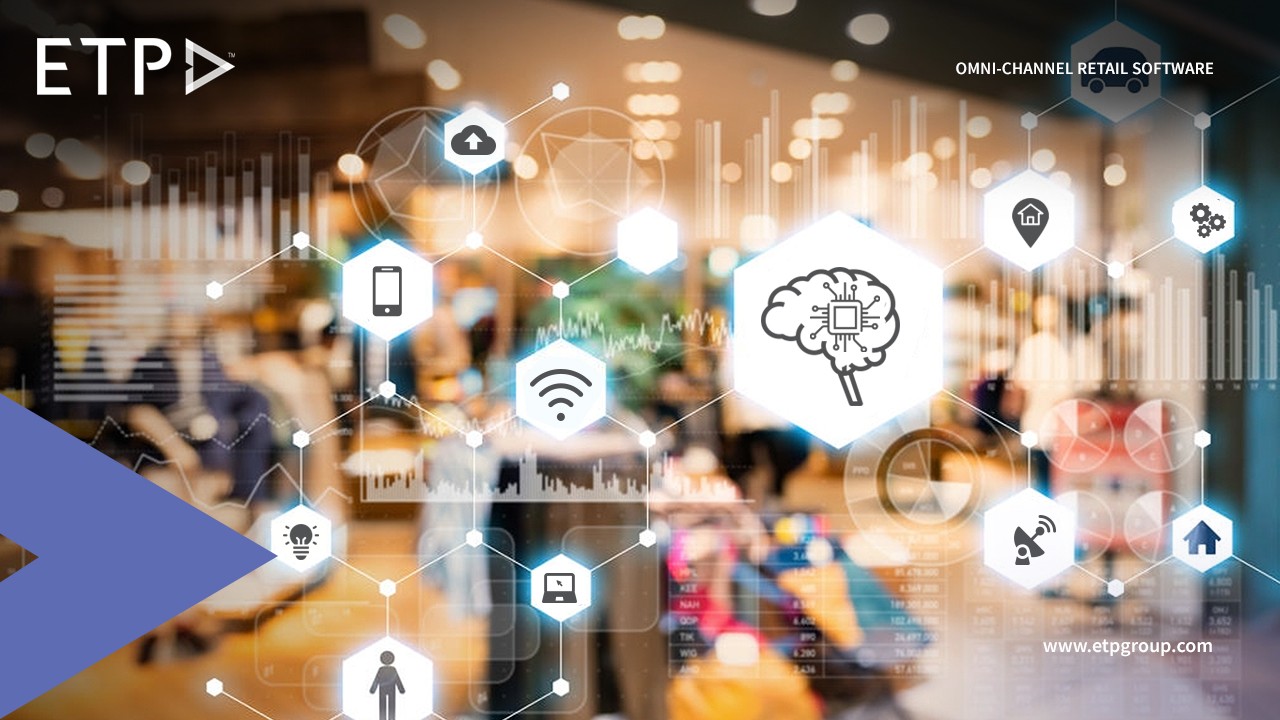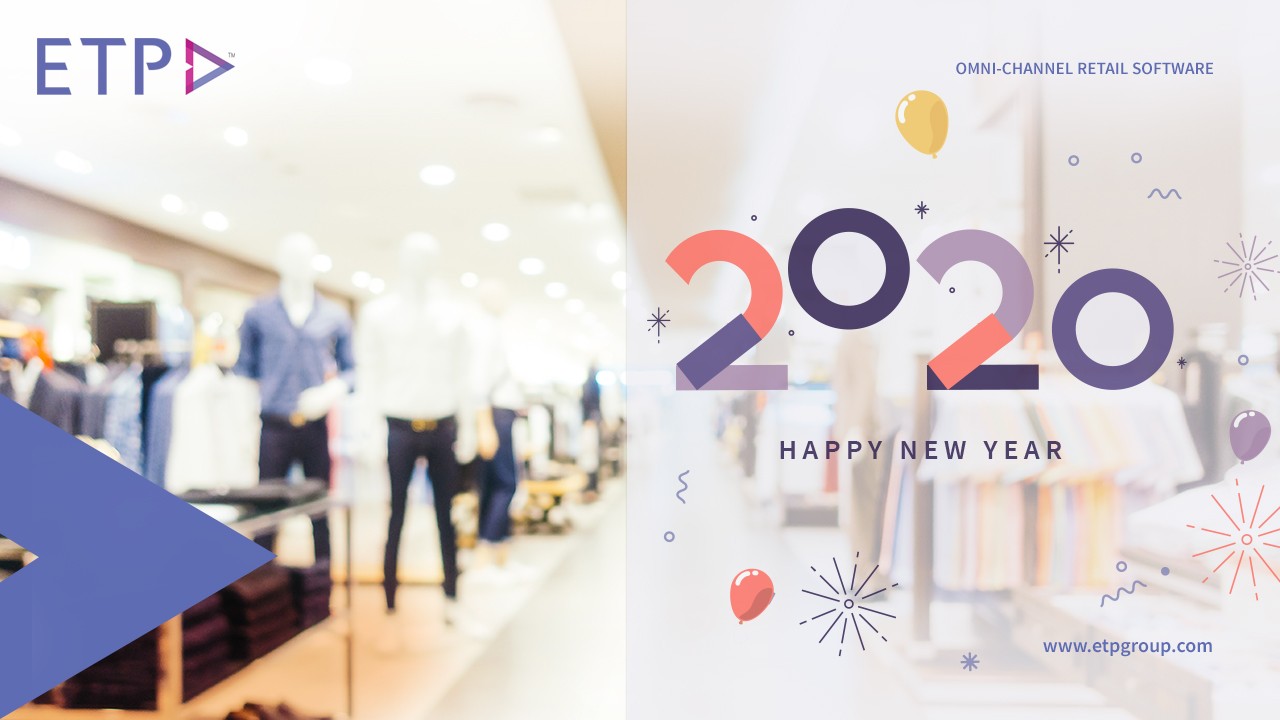In this holiday season, even with the pandemic and increased online purchases, there will undoubtedly be increased footfall into stores in preparation for the gift giving season.
Given the covid restrictions, many stores have a limit as to how many customers can be in store at a given time. Hence, there is a need for brands to be ready to tackle frustrations and long lines and potential loss of sales during a supposed peak period.
A recent case where a leading footwear store had its flagship store closed due to the breaching of COVID restrictions during a product launch which drew huge crowds outside the store despite the advisories on crowd management. Nobody wanted this to happen, but it did!
There are a few ways that stores can tackle the basics, and potentially increase customer experience and sales.
- Get staff trained and ready
In stores, other than the products, staff is important in giving the shopper a pleasant shopping experience. With increased crowds, staff needs to be trained to not only be quick in their service and checkout, but there is a need for them to be good in their product knowledge so that they are able to assist customers promptly. The knowledge will help the store to be more efficient in tending to customers’ queries and improve their shopping experience. This in turn helps to manage the crowd and allows the store to serve more customers in a shorter amount of time, decreasing the wait time for customers waiting to enter the store.
Keeping COVID in mind, the staff needs to be trained to handle social distancing and product handling as per policies set up. Having masks and hand sanitizers handy goes a long way.
- Think through Point of Sale (POS) workflow and system
The last thing you want is for the checkout to be slow and frustrate the customer enough to leave the queue and not buy anything. Having a faster POS workflow not only reduces wait time but it also allows employees to concentrate on engaging the shopper and potentially sell more through the checkout process.
With an efficient and easy to use POS system, instead of fumbling around with unnecessary checkout processes, employees will be able to offer recommendations and convince shoppers to purchase other items to complement the customers’ original purchases.
- Invest in a mobile POS (mPOS) system
Nothing beats being able to purchase items even without even going to the checkout counter and queuing up. Since there will be a line out the door, why not make use of the opportunity to sell items to the people in the queue? Having an mPOS system opens up a lot of opportunities, inventory can be checked on the go, items can be purchased outside the store and it just makes the shopping experience so much better.
Shoppers who just want to grab a small item are able to just purchase it from dedicated counters that have the mPOS system in place. Meaning, shoppers who just want to buy a single item would not have to wait in line and can be in and out of the store faster. This allows the retailer to clear customers faster and maintain a healthy queue and keep shoppers happy.


